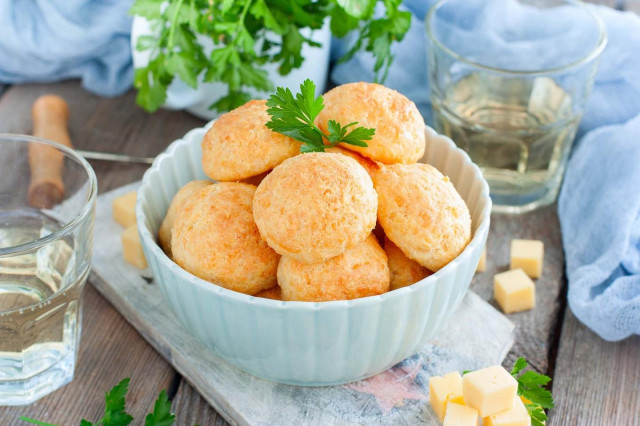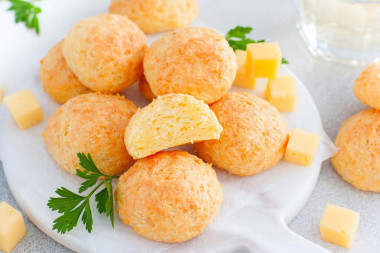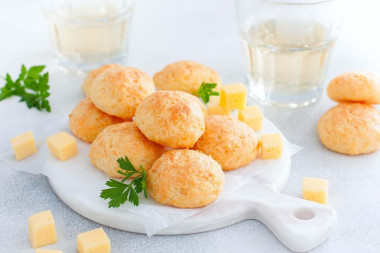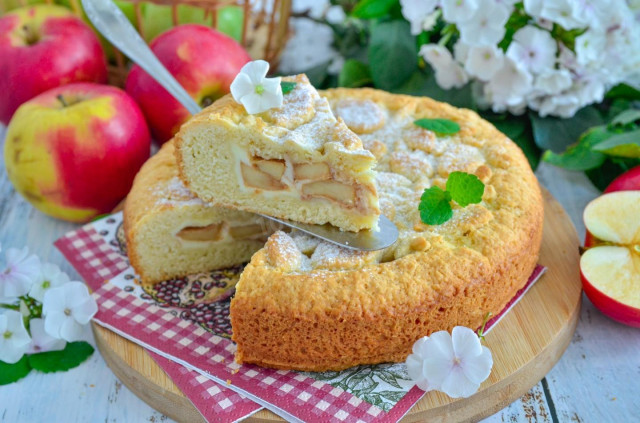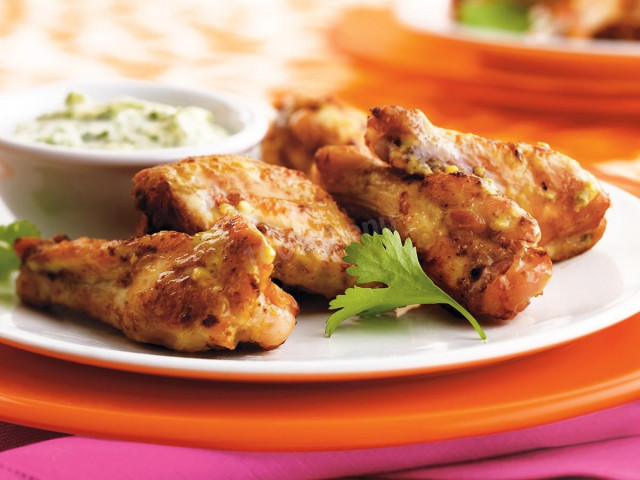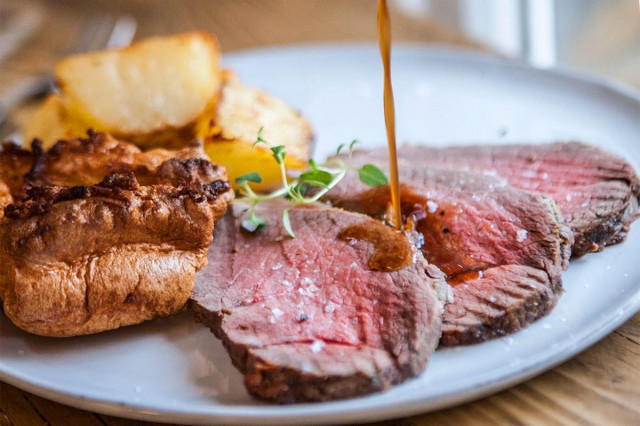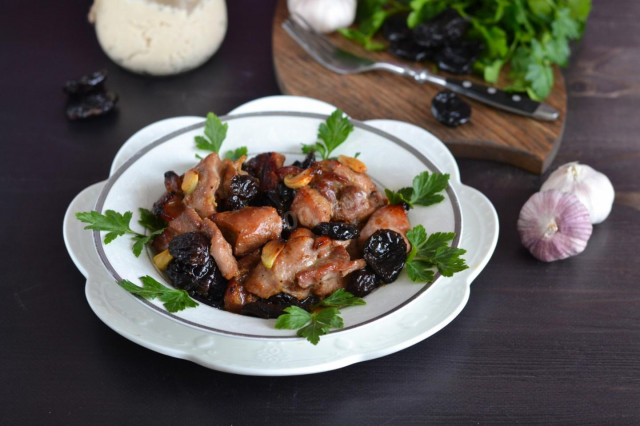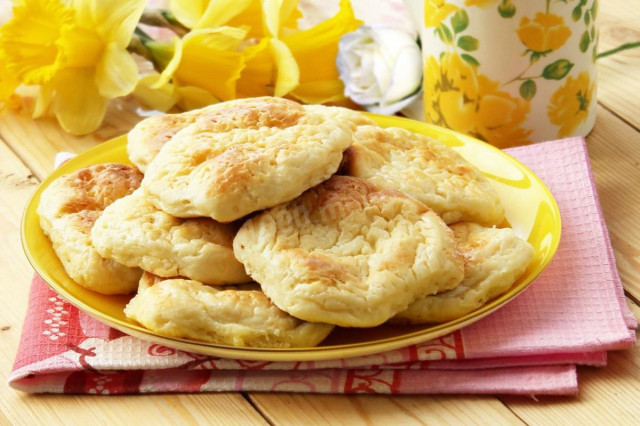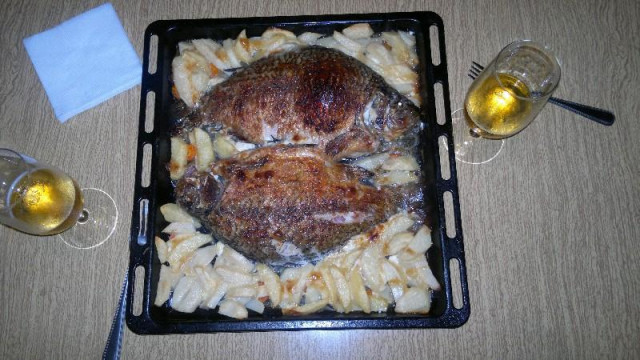Composition / ingredients
Step-by-step cooking
Step 1:
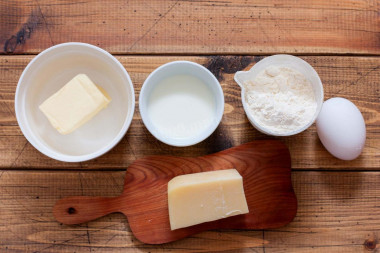
How to make cheese balls in the oven? Prepare the specified ingredients. For cheese balls, take hard cheese, I will cook with Parmesan (40%). I took 3.2% fat content of milk. Pre-remove the butter from the refrigerator so that it becomes room temperature. My flour is wheat of the highest grade. Turn on the oven to preheat to 200 degrees.
Step 2:
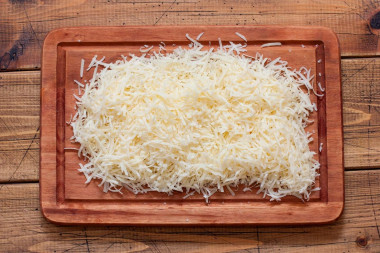
Remove the selected cheese from the package and grate it on a medium grater.
Step 3:
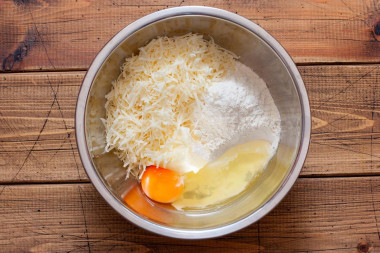
In a deep bowl, mix grated hard cheese, sifted flour, chicken egg and milk. Mix well until smooth.
Step 4:
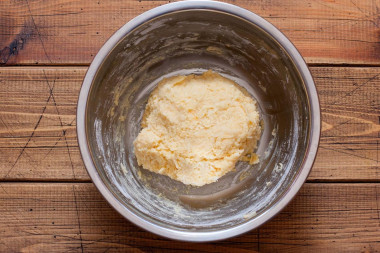
The finished dough is well assembled into a ball, slightly sticking to the hands. Additionally, it is not necessary to add flour, so as not to spoil the finished pastries.
Step 5:
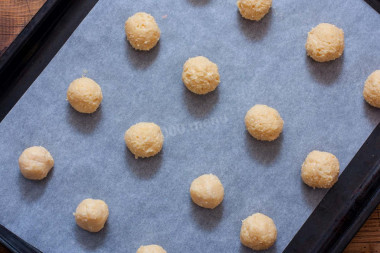
Cover the baking sheet with baking paper and roll small balls 3 by 3 cm approximately with slightly damp hands. Place them on a baking sheet at a small distance from each other. Place the baking tray with the balls in the oven and bake for 5-7 minutes at a temperature of 200 degrees, then lower the temperature to 180 degrees and bake until golden brown (10 - 15 minutes). From this amount of dough, I got 17 balls.
Step 6:
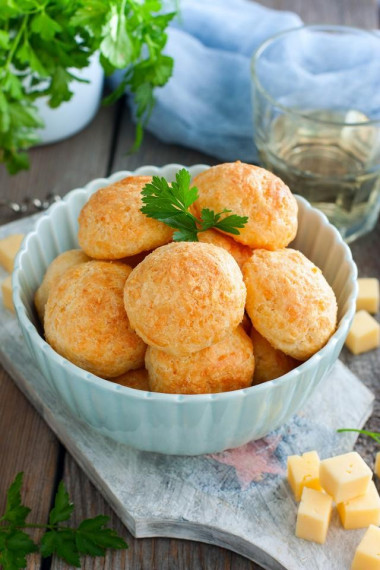
Ready cookies take them out of the oven and put them to cool. It can be served both warm and cold. Perfectly such balls will complement a glass of wine or a foamy drink with friends. As a snack, you can offer such balls to children.
When preparing this baking, it is worth paying attention to one nuance - the presence of salt in the dough. If you plan to use cheese that does not have a bright taste and is slightly salty, then you should add a pinch of salt to the dough. When using initially delicious cheese, baking will not need additional salt.
Keep in mind that everyone's ovens are different. The temperature and cooking time may differ from those specified in the recipe. To make any baked dish successful, use useful information about the features of ovens !
It is important to sift the flour to saturate it with oxygen. Then the baking will turn out to be airy and will rise well when baking.
Caloric content of the products possible in the composition of the dish
- Whole cow's milk - 68 kcal/100g
- Milk 3.5% fat content - 64 kcal/100g
- Milk 3.2% fat content - 60 kcal/100g
- Milk 1.5% fat content - 47 kcal/100g
- Concentrated milk 7.5% fat content - 140 kcal/100g
- Milk 2.5% fat content - 54 kcal/100g
- Chicken egg - 157 kcal/100g
- Egg white - 45 kcal/100g
- Egg powder - 542 kcal/100g
- Egg yolk - 352 kcal/100g
- Ostrich egg - 118 kcal/100g
- Dutch cheese - 352 kcal/100g
- Swiss cheese - 335 kcal/100g
- Russian cheese - 366 kcal/100g
- Kostroma cheese - 345 kcal/100g
- Yaroslavsky cheese - 361 kcal/100g
- Altai cheese 50% fat content - 356 kcal/100g
- Soviet cheese - 400 kcal/100g
- Cheese "steppe" - 362 kcal/100g
- Uglich cheese - 347 kcal/100g
- Poshekhonsky cheese - 350 kcal/100g
- Lambert cheese - 377 kcal/100g
- Appnzeller cheese with 50% fat content - 400 kcal/100g
- Chester cheese with 50% fat content - 363 kcal/100g
- Edamer cheese with 40% fat content - 340 kcal/100g
- Cheese with mushrooms of 50% fat content - 395 kcal/100g
- Emmental cheese with 45% fat content - 420 kcal/100g
- Gouda cheese with 45% fat content - 356 kcal/100g
- Aiadeus cheese - 364 kcal/100g
- Dom blanc cheese (semi-hard) - 360 kcal/100g
- Cheese "lo spalmino" - 61 kcal/100g
- Cheese "etorki" (sheep, hard) - 401 kcal/100g
- White cheese - 100 kcal/100g
- Fat yellow cheese - 260 kcal/100g
- Altai cheese - 355 kcal/100g
- Kaunas cheese - 355 kcal/100g
- Latvian cheese - 316 kcal/100g
- Limburger cheese - 327 kcal/100g
- Lithuanian cheese - 250 kcal/100g
- Lake cheese - 350 kcal/100g
- Gruyere cheese - 396 kcal/100g
- Whole durum wheat flour fortified - 333 kcal/100g
- Whole durum wheat flour, universal - 364 kcal/100g
- Flour krupchatka - 348 kcal/100g
- Flour - 325 kcal/100g
- Butter 82% - 734 kcal/100g
- Amateur unsalted butter - 709 kcal/100g
- Unsalted peasant butter - 661 kcal/100g
- Peasant salted butter - 652 kcal/100g
- Melted butter - 869 kcal/100g

